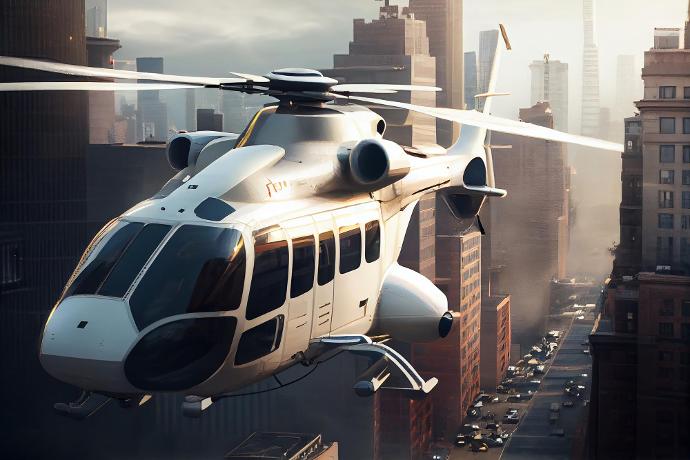Helicopter Myths Debunked: Separating Fact From Fiction

Helicopters, with their unique ability to hover and maneuver vertically, often stir the imagination and spark a flurry of myths. As with any machinery or equipment not commonly used by everyday people, misconceptions about helicopters abound. Here, we aim to dispel some of the most common myths, shedding light on the reality behind these fascinating flying machines.
Myth: Flying a helicopter is dangerous
Contrary to popular belief, flying a helicopter is not inherently dangerous. Accident statistics reveal that the risks associated with helicopter flight are comparable to those of fixed-wing aircraft. More importantly, when helicopter accidents do occur, they are primarily attributed to human error rather than mechanical failure. Controlled flight into terrain, wire strikes, and running out of fuel are the leading causes of accidents, emphasizing the importance of pilot training and operational awareness.
Myth: Helicopter engine failure causes you to fall out of the sky
The notion that a helicopter will plummet from the sky if its engine fails is a common but inaccurate belief. In the event of engine failure, skilled pilots are trained to execute a controlled descent. The rotors, even without engine power, continue to turn due to the upward airflow, enabling the pilot to maintain a level of control. Finding a suitable landing area becomes the priority, and with proper training, this process is well within the capabilities of a competent pilot.
Myth: Helicopters are extremely fragile
Helicopters are often perceived as delicate and unable to withstand challenging weather conditions. In reality, helicopters are designed to handle high-wind conditions, and skilled pilots can navigate adverse weather. Unlike smaller airplanes, helicopters do not require specific landing directions in high winds, offering a level of flexibility and control. The perception of fragility is debunked by the engineering and design considerations that go into making helicopters robust flying machines.
Myth: Helicopters are costly
While helicopters are not inexpensive, the belief that they are prohibitively expensive is a myth. Surprisingly, you can acquire a second-hand helicopter for a price comparable to a luxury car. While helicopter flying lessons may be pricier than lessons for fixed-wing aircraft, the overall cost is not exorbitant. This demystifies the idea that helicopters are exclusively for the elite; rather, they are within reach for those passionate about taking up flying as a hobby.
Myth: Flying a helicopter is extremely difficult
Dispelling the myth that flying a helicopter is an immensely challenging feat is crucial. In reality, if you possess the coordination skills to drive a car, you likely have the aptitude to pilot a helicopter. While mastering maneuvers like hovering may take time and practice, the learning curve for flying a helicopter is comparable to that of flying an airplane. More importantly, the experience is not only attainable but also immensely enjoyable.
The Bottom Line
In conclusion, helicopters, though often shrouded in myths, are versatile and safe aircraft when operated by skilled and trained pilots. As with any form of aviation, dispelling misconceptions is essential for fostering a better understanding of the capabilities and limitations of these remarkable flying machines. If you have any lingering questions or misconceptions about helicopters, reach out to our experienced helicopter company in Montana for accurate information and insights into the world of rotorcraft.
